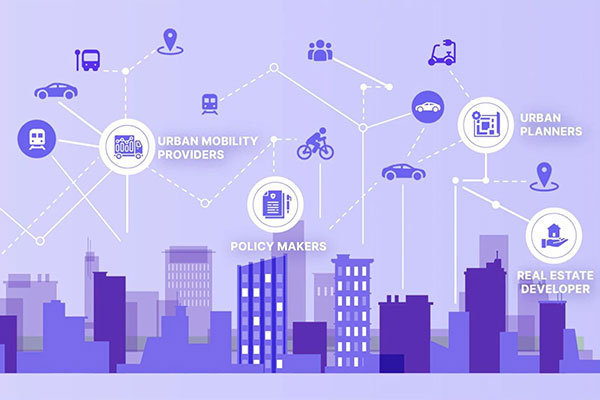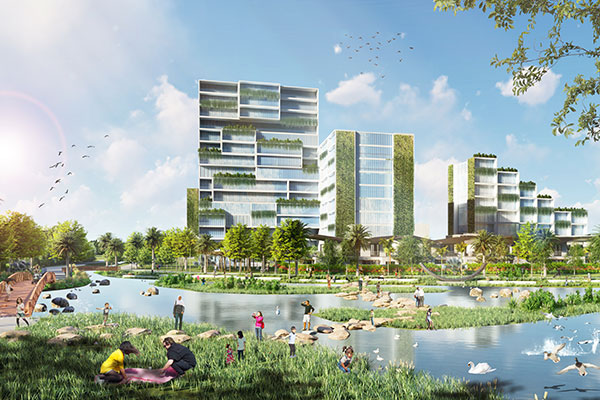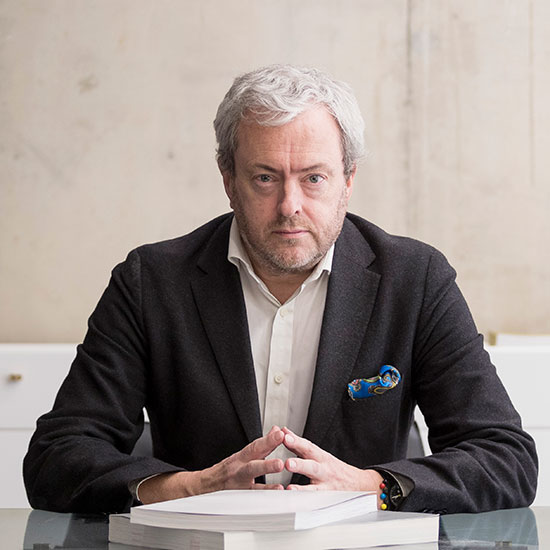Themes
This relates to all aspects of city design, from the form of the city, its infrastructure and transport systems to its mix of uses so that districts are not overdependent on one particular activity. Too often cities have zoned uses into business parks, retail malls and leisure quarters, that are vulnerable if the sectors on which they are change, as happened during COVID. The good city will be mixed-use and fine-grained so that it can flex and evolve as conditions change.
Five ‘Good City’ solutions
1. Loose fit urbanism
Flexibility needs to be reflected in planning and zoning ordinances so that places can be repurposed when their uses or building stock become obsolete. Planning policies and codes need to have clear parameters while being loose fit to allow space for activities to change and provide scope for flexibility over the years that it will take to implement the plan.
2. Mix use quarters
A more considered mixed use development model can spread out the intensity of activity re-energising town and city centres. By mixing residential with other uses like retail, leisure, workplace, education reduces the need to commute keeping city centres active and vibrant.
3. Flexible spaces
COVID accelerated changes in how we work and live increasing the demand for inclusive, flexible spaces. Space planning and flexible design solutions can help maximise real estate assets whilst giving organisations the ability to design buildings that can respond to different needs and activities.
4. Adaptive re-use
Adapting an existing building for another purpose is more sustainable because of its embodied carbon. It offers the opportunity to extend the life and commercial viability of an asset, retain a city’s cultural heritage and identity, as well as being reconfigured to meet today’s modern accessibility and design standards.
5. Big data
Planning for this flexibility can be aided by big data and smart city systems that can flex and respond in real time to urban conditions and where digital twins can assist with scenario planning and resilience.
Case studies

GauDT – mobility data
Japan
As our urban systems grow increasingly complex, advanced integrated solutions using diverse urban data are needed to empower strategic planning for smart and sustainable cities.

Patimban New City masterplan
Subang, Indonesia
BDP were commissioned by JICA for the West Java Government to develop a 528 hectare mixed-use and waterfront development concept masterplan within Patimban New City, Indonesia.

